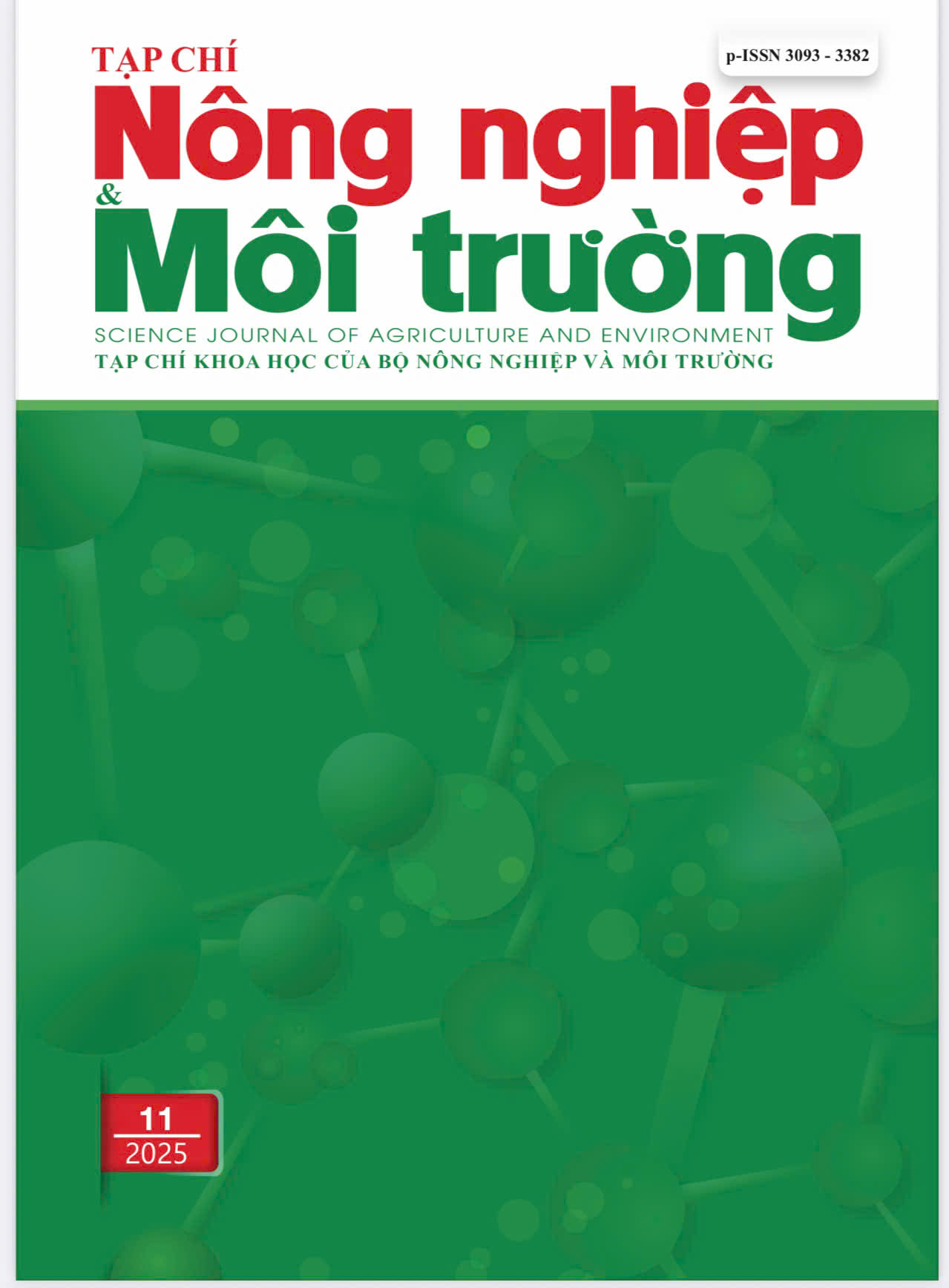ISOLATION AND EVALUATION OF ANTIBIOTIC SENSITIVITY OF Flavobacterium columnare CAUSING DISEASE IN FARMED COMMON CARP IN NORTHERN VIETNAM
DOI:
https://doi.org/10.71254/3k6cf594Keywords:
Flavobacterium columnare, isolation, antibiotic resistance, common carpAbstract
The study was conducted to identify specific disease characteristics, isolate, identify and evaluate the antibiotic resistance status of the bacterium Flavobacterium columnare, which causes disease in common carp in some northern provinces of Vietnam. A total of 145 samples of suspected F. columnare-infected common carp were collected from 27 farms across three provinces: Ha Noi, Hai Duong, Bac Ninh. The results showed that infected common carp exhibited typical signs such as pale gills, necrosis, fin erosion and discolored skin. The isolated strains displayed yellow colonies with a characteristic root-like appearance, adhered deeply to agar surfaces, and were identified as gram-negative, filamentous, motile bacteria. Biochemical and molecular assessments confirmed that all 27 isolates were Flavobacterium columnare. The experimental challenge tests using an immersion method with a representative strain determined the lethal dose 50% (LD50) as 3.8 x 105 CFU/ml, and infected fish showed typical symptoms of the natural disease. F. columnare was found to have high sensitivity to five out of six antibiotics: Doxycycline, Oxytetracycline, Amoxicillin, Florfenicol, Erythromycin, while showing a relatively high resistance rate (25.9%) to Sulfamethoxazole/Trimethoprim. These findings provide crucial information for diagnosing and forming the basis for developing preventive and control measures for the disease.







